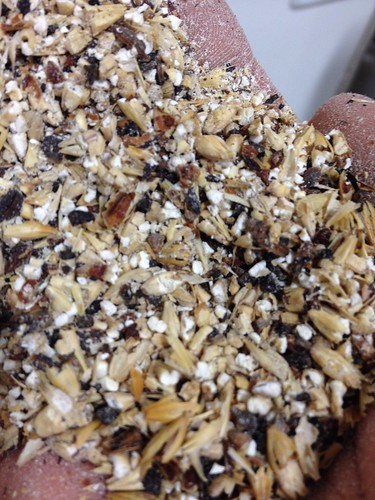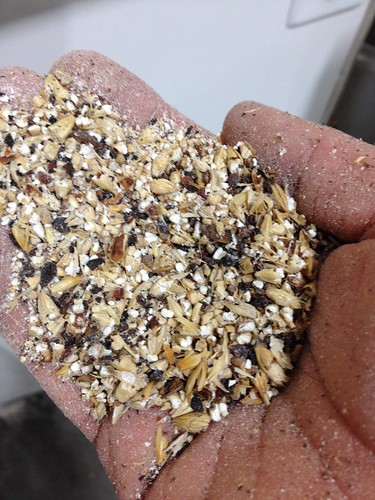Hello,
I have only three all grain brews under my belt and all have had significantly low original gravity. I've searched through many "Low OG" post here and haven't really gotten a better understanding of what I am doing wrong.
My first all grain was the Widmer W11' KGB Russian Imperial stout, the OG was low, but the beer is really really good.
In the last week I brewed Pliny the Elder with a goal of 1.072 and it came out to 1.036.
Yesterday I brewed Denny Conn's Wry Smile Rye IPA with a goal OG goal of 1.073 and it came to 1.055. I added an extra pound of two row to try and help my efficiency, but it didn't help. I also ran the grain through the mill twice at the home brew supply to make sure I had a good crush.
All have been batch sparged and I've calculated the amounts online. I am using a circular 10 gallon cooler with a bazooka tube.
My biggest question is how about initial strike temperature. I got a little careless (miscalculated) and put in the initial water at 172 degrees with a grain temp at 65 degree. The mash settled at 160 degrees while I tried to search online what to do. After 5-10 minutes I added a gallon of cold water to bring down the temperature to about 155 degrees or so. Did this kill of something and ruin my efficiency? I'm not sure. I added 2.2 gallons for the batch sparge, stirred for a minute or two, let it set for 5 minutes, and then drained into the brew kettle. I am using the hydrometer from the ball valve in my brew pot about half way through the run off at 72 degrees. And taking the sample right as it is going into primary.
Any recommendations would be great. Hopefully the beer will be good anyways.
-
Craig
I have only three all grain brews under my belt and all have had significantly low original gravity. I've searched through many "Low OG" post here and haven't really gotten a better understanding of what I am doing wrong.
My first all grain was the Widmer W11' KGB Russian Imperial stout, the OG was low, but the beer is really really good.
In the last week I brewed Pliny the Elder with a goal of 1.072 and it came out to 1.036.
Yesterday I brewed Denny Conn's Wry Smile Rye IPA with a goal OG goal of 1.073 and it came to 1.055. I added an extra pound of two row to try and help my efficiency, but it didn't help. I also ran the grain through the mill twice at the home brew supply to make sure I had a good crush.
All have been batch sparged and I've calculated the amounts online. I am using a circular 10 gallon cooler with a bazooka tube.
My biggest question is how about initial strike temperature. I got a little careless (miscalculated) and put in the initial water at 172 degrees with a grain temp at 65 degree. The mash settled at 160 degrees while I tried to search online what to do. After 5-10 minutes I added a gallon of cold water to bring down the temperature to about 155 degrees or so. Did this kill of something and ruin my efficiency? I'm not sure. I added 2.2 gallons for the batch sparge, stirred for a minute or two, let it set for 5 minutes, and then drained into the brew kettle. I am using the hydrometer from the ball valve in my brew pot about half way through the run off at 72 degrees. And taking the sample right as it is going into primary.
Any recommendations would be great. Hopefully the beer will be good anyways.
-
Craig




